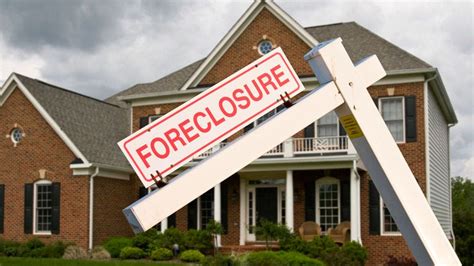The recent sale of Fort Worth’s tallest building for a mere $12.3 million, a staggering drop from its 2021 purchase price of $137.5 million, has sparked discussions on the intricacies of foreclosure auctions and their implications in the real estate sector. User comments shed light on the dynamics at play during such auctions, where the lender often bids up to the outstanding loan amount, deterring potential third-party buyers. This phenomenon raises questions about the true market value of properties sold under distressed circumstances.
User insights highlight the role of risk assessment in property transactions, with comments touching on the hidden risks associated with buildings sold at foreclosure auctions. Factors such as limited access for due diligence, undisclosed property issues, and uncertain tenant leases contribute to the perceived risk of acquiring such properties. It becomes evident that auction prices do not solely reflect the intrinsic ‘worth’ of a building but rather the level of risk involved in the purchase.
Moreover, discussions around the rush in foreclosure sales bring attention to the challenging balance between speed of transaction and thorough evaluation of assets. While the urgency in such sales is driven by the lender’s need to mitigate losses, users emphasize the importance of conducting proper assessments to accurately gauge market value and potential risks. The intersection of time pressure and property evaluation creates a dynamic environment where informed decision-making is crucial.
The dialogue extends to the potential for property repurposing post-foreclosure, with suggestions ranging from converting office space to residential units to exploring mixed-use developments. User perspectives highlight the complexities of retrofitting commercial buildings into residential spaces, emphasizing the need for code compliance, infrastructure upgrades, and cost considerations. Insights into the challenges of adaptive reuse underscore the multifaceted nature of real estate redevelopment.
As the real estate market navigates unprecedented shifts in demand and investment patterns, the case of Fort Worth’s building sale serves as a microcosm of broader industry trends. The evolving landscape of commercial real estate, coupled with changing workplace dynamics and economic uncertainties, reshapes traditional property valuation paradigms. Ultimately, understanding the nuances of foreclosure auctions and distressed asset transactions is essential for investors, developers, and industry stakeholders aiming to navigate the complexities of the modern real estate ecosystem.
In conclusion, the discussions surrounding Fort Worth’s building sale illuminate the intricate interplay between market forces, risk assessment, and property management in the real estate sector. By dissecting the user comments and insights shared in response to the foreclosure auction, a deeper understanding of the challenges and opportunities within property transactions emerges. As the real estate market continues to evolve, embracing adaptive strategies, risk-aware decision-making, and innovative approaches to asset utilization will be key in driving sustainable growth and resilience in the industry.


Leave a Reply